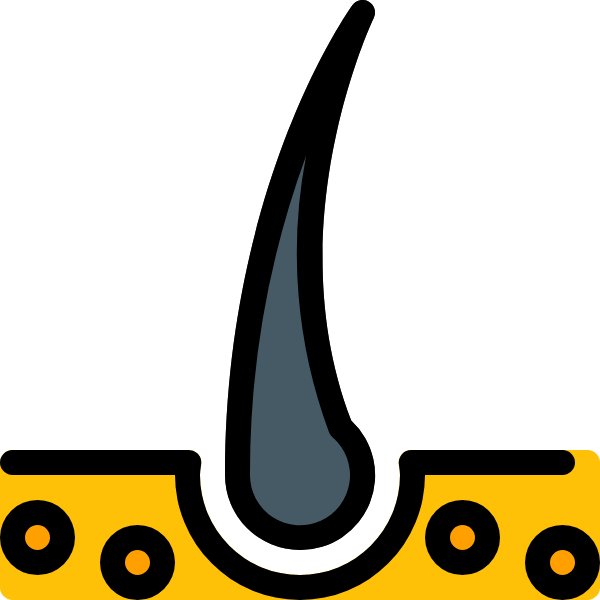Chemotherapy is a highly effective treatment for cancer, but it can cause some unpleasant side effects. One of the most recognized and dreaded is hair loss. But why does chemo cause this? This article will explore the underlying reasons behind chemotherapy-induced alopecia, so readers can gain a better understanding of what’s happening to their bodies during treatment.
Chemotherapy works by targeting rapidly dividing cells in both healthy tissue and cancerous tumors. Unfortunately, hair follicles are also fast growing cells that make up part of our body’s healthy tissue, which means they’re vulnerable to the drugs used in chemo treatments. As these medications attack the cancer cells, they also disrupt the normal cycle of hair growth resulting in baldness or thinning locks.
How Chemotherapy Works
Chemotherapy is a powerful weapon in the fight against cancer, but it comes with a hefty price. It’s an all-or-nothing approach – while it can be remarkably effective at destroying cancer cells, it also kills healthy cells and disrupts normal body functions. Like a wildfire out of control, chemotherapy targets both good and bad alike in its relentless battle to eradicate disease.
The side effects that come with chemical treatment are varied and profound. One of the most well known – and perhaps one of the most devastating for some patients – is hair loss. Chemotherapy works by attacking rapidly dividing cells, which includes not only cancerous ones but also those responsible for producing hair follicles. As such, these vital structures become damaged or destroyed during treatment, leading to baldness as hairs fall off either partially or completely.
The Effects Of Chemotherapy On Hair Follicles
Chemotherapy is a powerful treatment used to fight cancer, but it can also have significant side effects. One of the most common and distressing side effects for many patients undergoing chemotherapy is hair loss.
Hair follicles are highly sensitive to chemotherapeutic drugs because they are rapidly dividing cells. Chemotherapy works by damaging or destroying fast-growing cells in the body, which includes both cancer cells as well as healthy hair follicles. This damage causes the follicles to enter a resting phase and eventually stop producing new hairs:
- Hair may start falling out within two weeks of starting chemotherapy treatments.
- Most people lose some or all of their scalp hair, including eyebrows and eyelashes, along with other body hair such as facial hair and pubic hair.
- It usually takes three to 10 weeks after finishing chemotherapy treatments before the scalp starts regrowing new hairs.
- Some people have permanent baldness after going through chemotherapy while others only experience temporary thinning or bald patches that grow back over time.
The psychological impact of losing one’s hair due to chemotherapy can be overwhelming for many patients, so understanding how best to manage this side effect during treatment is important. Next we will discuss different treatments available for managing hair loss during chemotherapy.
Treatments For Hair Loss During Chemotherapy
Pleasingly, there are plentiful possibilities for preserving precious locks during chemotherapy. Primarily, many medical professionals prescribe a preventative approach to safeguard strands from the damaging effects of treatment. By taking special medications such as minoxidil or spironolactone prior to chemo sessions, patients can reduce their risk of hair loss and maintain manes of magnificent magnificence.
In addition to pharmacological solutions, procedures like scalp cooling may also provide protection against the follicle-fraying fallout of chemo. Depending on the type of cancer being treated, some individuals may be eligible for this form of therapy in order to keep their coif intact throughout treatment. Ultimately, it’s important for people receiving chemotherapy to consult with a doctor about various strategies that can help them retain their hairline — ensuring they don’t have to sacrifice style in pursuit of survival.
Conclusion
Chemotherapy is a powerful tool in fighting cancer, but it can have significant physical side effects. Hair loss is one of the most visible and emotionally challenging symptoms that patients must manage during treatment. Although there are treatments available to help reduce hair loss from chemotherapy, understanding why this occurs helps us better appreciate the journey of those affected by chemo-related hair loss. After all, knowledge is power – and with greater insight into what causes this phenomenon, we can work together to ensure everyone undergoing chemotherapy has access to proper care and support.

